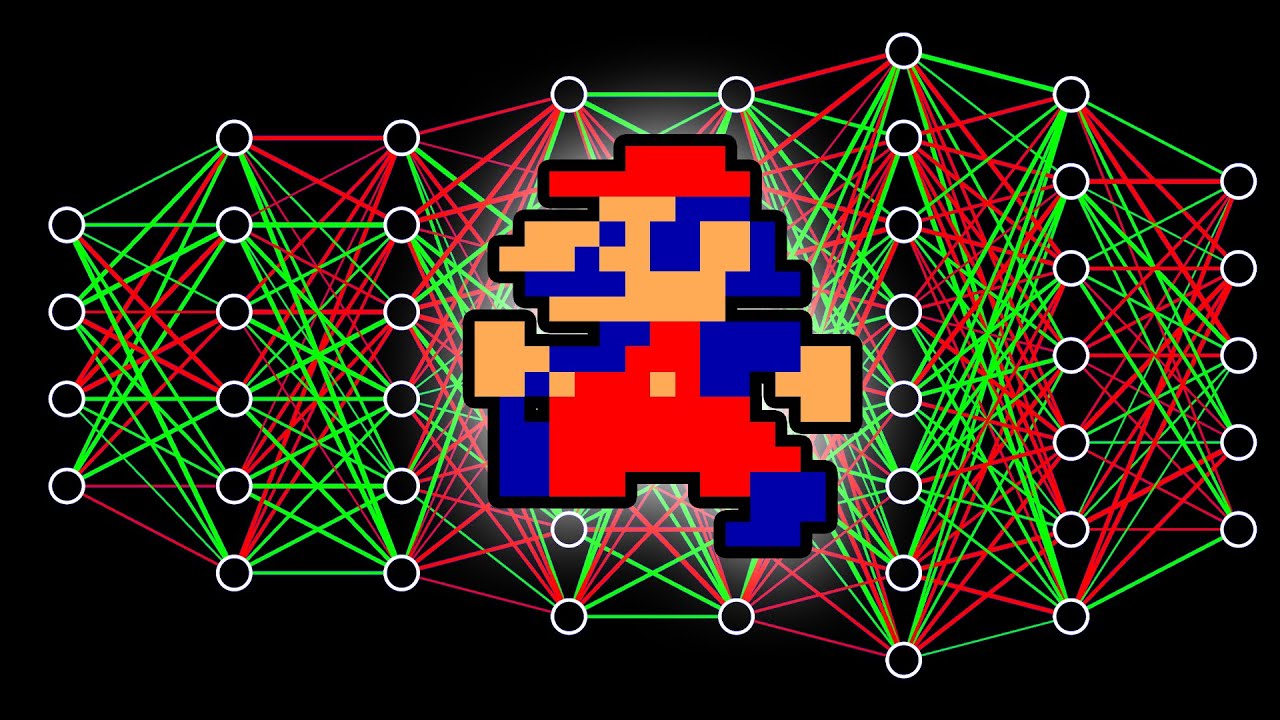In the video “DESTROYING Donkey Kong with AI (Deep Reinforcement Learning),” the creator tests three AI algorithms on a custom-coded Donkey Kong game in Unity: genetic algorithm, neural evolution of augmented topologies, and proximal policy optimization. Each algorithm has its strengths and limitations, with the genetic algorithm being simple and reliable but struggling with complex strategies, the neural evolution algorithm showing progress in climbing ladders but facing challenges with jumping, and the proximal policy optimization algorithm demonstrating promise in learning game mechanics but needing extensive tweaking for consistent performance.
In the video titled “DESTROYING Donkey Kong with AI (Deep Reinforcement Learning),” the creator tests three different AI algorithms on a Donkey Kong game. The three algorithms used are genetic algorithm, neural evolution of augmented topologies, and proximal policy optimization. The creator codes the game from scratch in Unity, implementing player movement, ground mechanics, ladders, and barrels.
The genetic algorithm is described as a method where players are rewarded based on their performance in the game and their brains are mutated to evolve towards better solutions. While the genetic algorithm is simple to program and reliable, it lacks the ability to handle randomness and struggles with more complex strategies due to the limitations of the player’s brain.
The neural evolution of augmented topologies algorithm utilizes neural networks to evolve the structure of the brain over generations to achieve more complex behaviors. The AI trained with this algorithm shows some progress in climbing ladders and avoiding barrels, but faces challenges with jumping due to limitations in the brain’s structure.
The proximal policy optimization algorithm is a reinforcement learning algorithm that uses rewards and punishments to modify the neural network of the AI. The AI trained with this algorithm shows promise in learning to climb ladders, avoid barrels, and reach higher levels in the game. However, it faces challenges in consistency and struggles with sudden barrel appearances in higher levels.
Overall, each AI algorithm has its strengths and limitations in training AI to play Donkey Kong. While the genetic algorithm is simple and reliable, it struggles with complex strategies. The neural evolution algorithm shows progress in climbing ladders but faces challenges with jumping. The proximal policy optimization algorithm shows promise in learning key game mechanics but requires extensive tweaking to achieve consistent performance.
